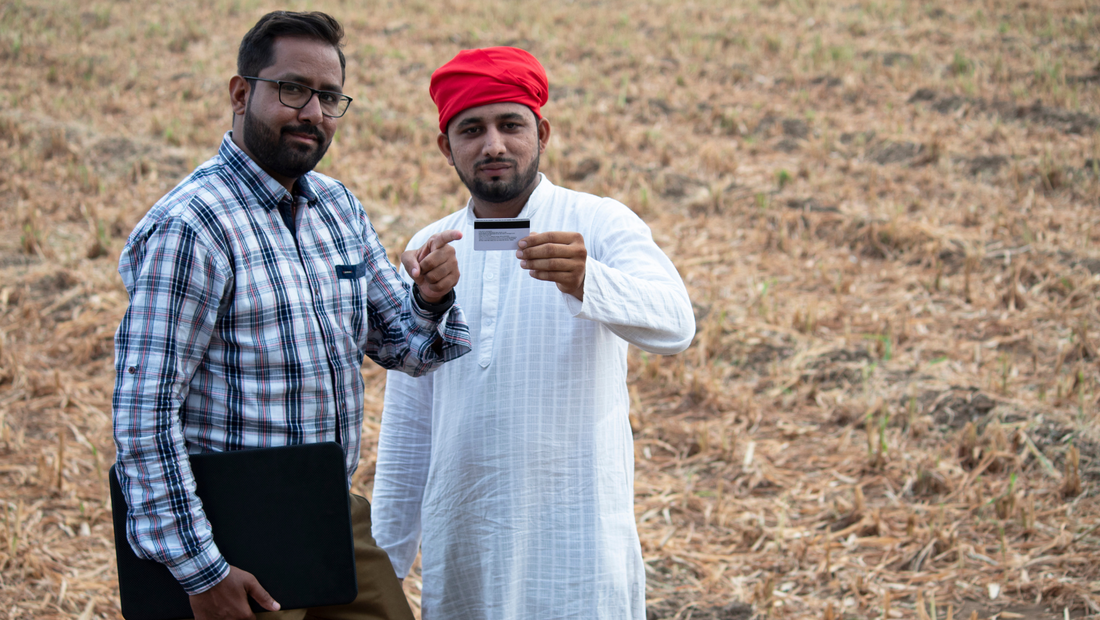
Understanding PM-KISAN: Direct Support for Indian Farmers
Share
Indian agriculture, the backbone of the nation's economy, sustains millions of livelihoods. Yet, farmers often grapple with financial uncertainties, unpredictable weather, and market fluctuations. To address these challenges and provide direct financial assistance, the Government of India launched the Pradhan Mantri Kisan Samman Nidhi (PM-KISAN) scheme. But what exactly is PM-KISAN, and how has it impacted the lives of countless farmers across the country? Let's dive in.
What is PM-KISAN? A Lifeline for Farmers
Launched in February 2019, with retrospective effect from December 1, 2018, PM-KISAN is a Central Sector Scheme designed to supplement the financial needs of landholding farmer families across India. Its core objective is to ensure that farmers have access to funds for procuring inputs for crop health, achieving appropriate yields, and even meeting domestic needs. This initiative aims to protect them from the clutches of moneylenders and ensure their continued engagement in farming activities.
Under this scheme, eligible farmer families receive a financial benefit of ₹6,000 per year. This amount is transferred directly into their Aadhaar-seeded bank accounts in three equal installments of ₹2,000 each, every four months (typically April-July, August-November, and December-March). The entire process leverages a robust digital infrastructure for Direct Benefit Transfer (DBT), ensuring transparency and minimizing the involvement of intermediaries.
Who is Eligible for PM-KISAN?
The scheme broadly covers all landholding farmer families with cultivable land in their names. A "farmer family" is defined as a husband, wife, and minor children (up to 18 years of age) who collectively own cultivable land as per land records.
However, certain exclusion criteria apply to prevent higher-income strata beneficiaries from availing the benefits:
-
Institutional landholders
-
Former and present holders of constitutional posts
-
Former and present Ministers, MPs, MLAs, Mayors of Municipal Corporations, and Chairpersons of District Panchayats
-
All serving or retired officers and employees of Central/State Government Ministries/Offices/Departments, including PSUs and autonomous institutions (excluding Multi Tasking Staff/Class IV/Group D employees)
-
All superannuated/retired pensioners whose monthly pension is ₹10,000 or more (excluding MTS/Class IV/Group D employees)
-
All persons who paid income tax in the last assessment year
-
Professionals like doctors, engineers, lawyers, chartered accountants, and architects registered with professional bodies and carrying out their profession.
The Application Process: Getting Started
The responsibility of identifying eligible farmer families rests with the State/UT Governments. Farmers can register themselves through various channels:
-
PM-KISAN Portal: Farmers can visit the official PM-KISAN website ([suspicious link removed]) and use the 'New Farmer Registration' option in the 'Farmers Corner'. They will need to provide their Aadhaar number, bank details, and land records.
-
PM-KISAN Mobile App: The dedicated mobile app also facilitates new farmer registration.
-
Common Service Centers (CSCs): Farmers can visit their nearest CSC for assistance with registration and e-KYC upon payment of a nominal fee.
All applications undergo verification by the concerned State/UT authorities. Aadhar seeding of bank accounts is crucial for receiving benefits, and e-KYC (Electronic Know Your Customer) is mandatory for beneficiaries to ensure continued installment disbursements.
Impact on Farmer Incomes and Beyond
Since its inception, PM-KISAN has disbursed a staggering amount, with over ₹3.90 lakh crore transferred through multiple installments to farmer accounts. The scheme has shown a significant positive impact:
-
Financial Augmentation: For a vast majority of Indian farmers, particularly those with smaller landholdings, the ₹6,000 annual support acts as a crucial supplement to their income. This liquidity helps them procure essential agricultural inputs like seeds, fertilizers, and pesticides.
-
Reduced Indebtedness: The direct financial injection helps farmers reduce their reliance on informal loans from moneylenders, offering a sense of financial dignity and security.
-
Investment in Agriculture: Studies suggest that the funds received have acted as a catalyst, alleviating credit constraints and encouraging farmers to invest more in agricultural inputs, potentially leading to increased productivity. It has also enhanced farmers' risk-taking capacity, allowing them to undertake more productive investments.
-
Addressing Household Needs: Beyond farming, the funds often cater to urgent domestic needs, including children's education, medical expenses, or family events, indicating a holistic positive impact on the quality of life.
-
Transparency and Digital Inclusion: The DBT mode, supported by a robust digital infrastructure, has ensured that funds reach the right beneficiaries without leakages, fostering trust and promoting digital literacy in rural areas.
While some studies note that the amount might be insufficient for the bare necessities of very poor farmers, and fund utilization patterns can vary, the scheme is widely regarded as a significant step towards rural upliftment and a testament to the government's commitment to farmer welfare. PM-KISAN has truly emerged as a pivotal tool in supporting the farming community, fostering both financial relief and a renewed sense of confidence.
